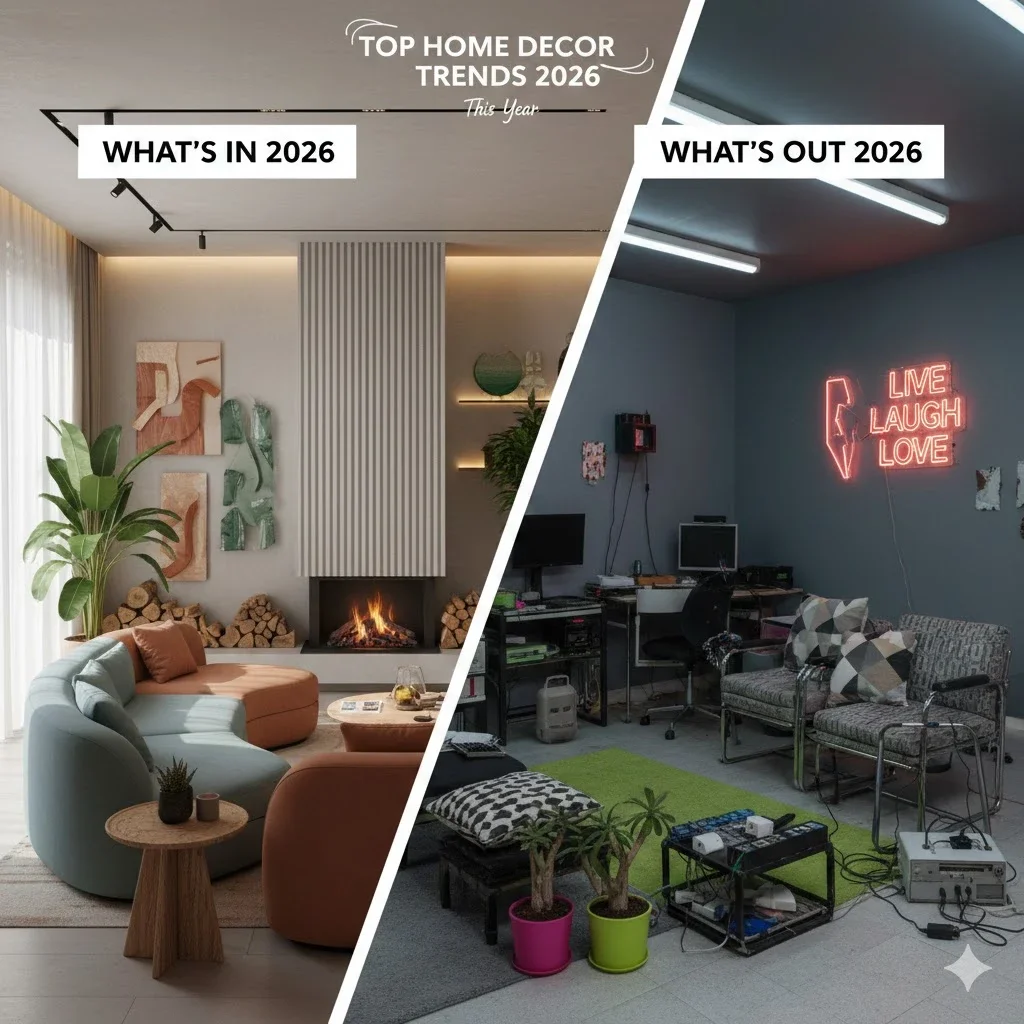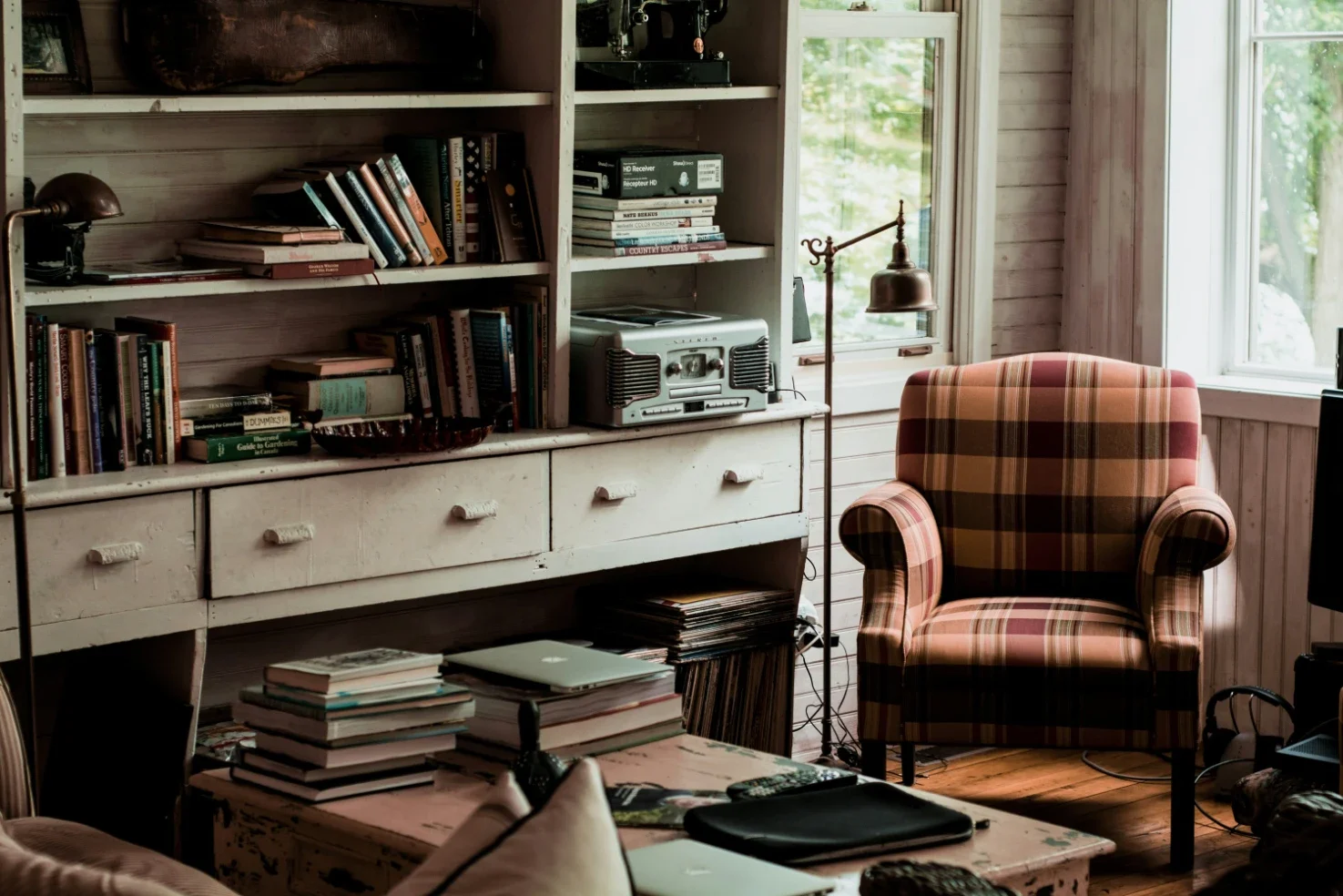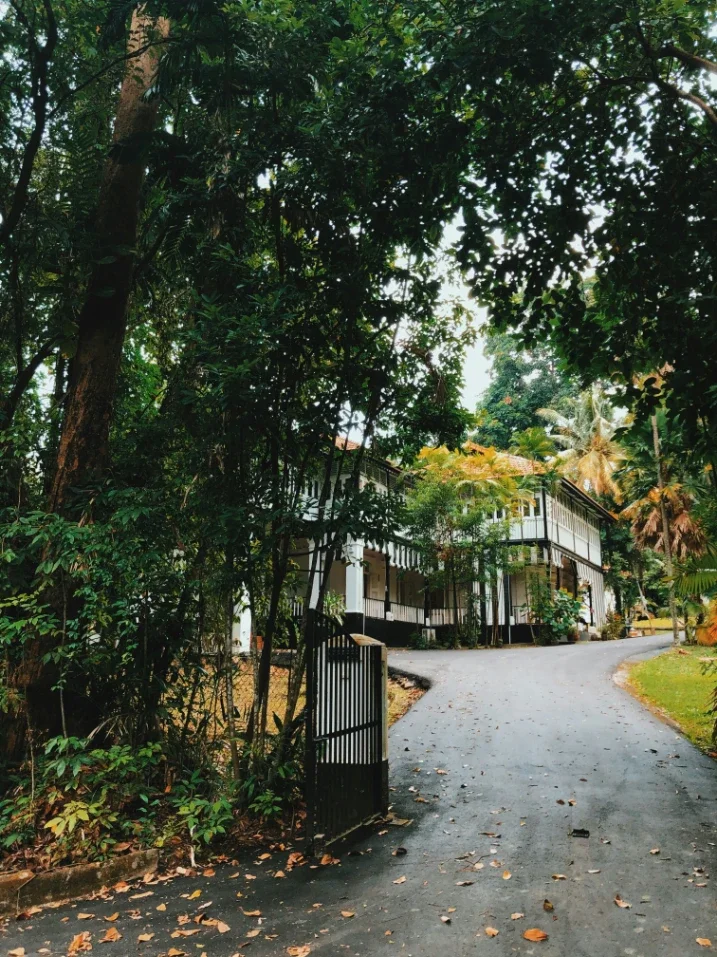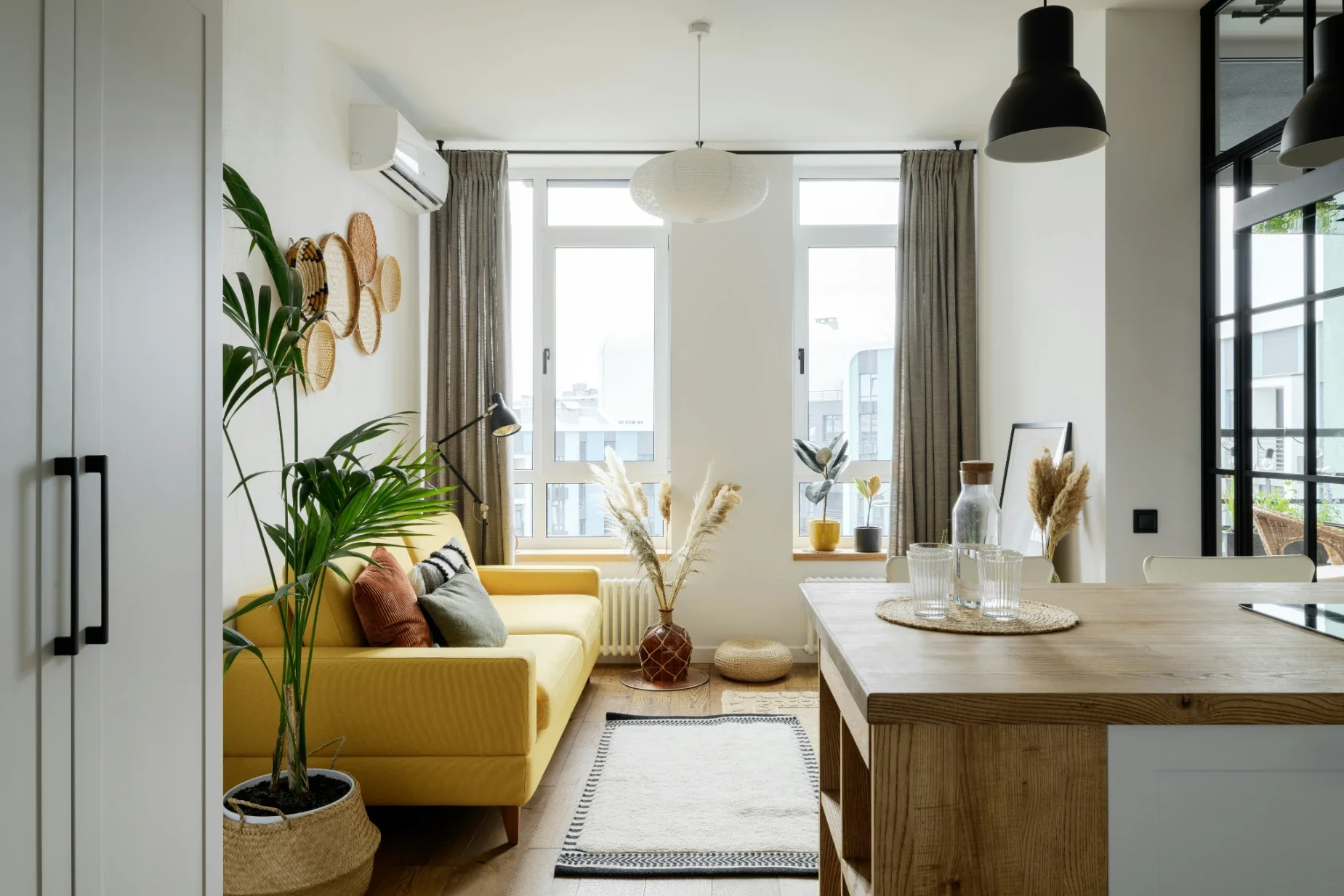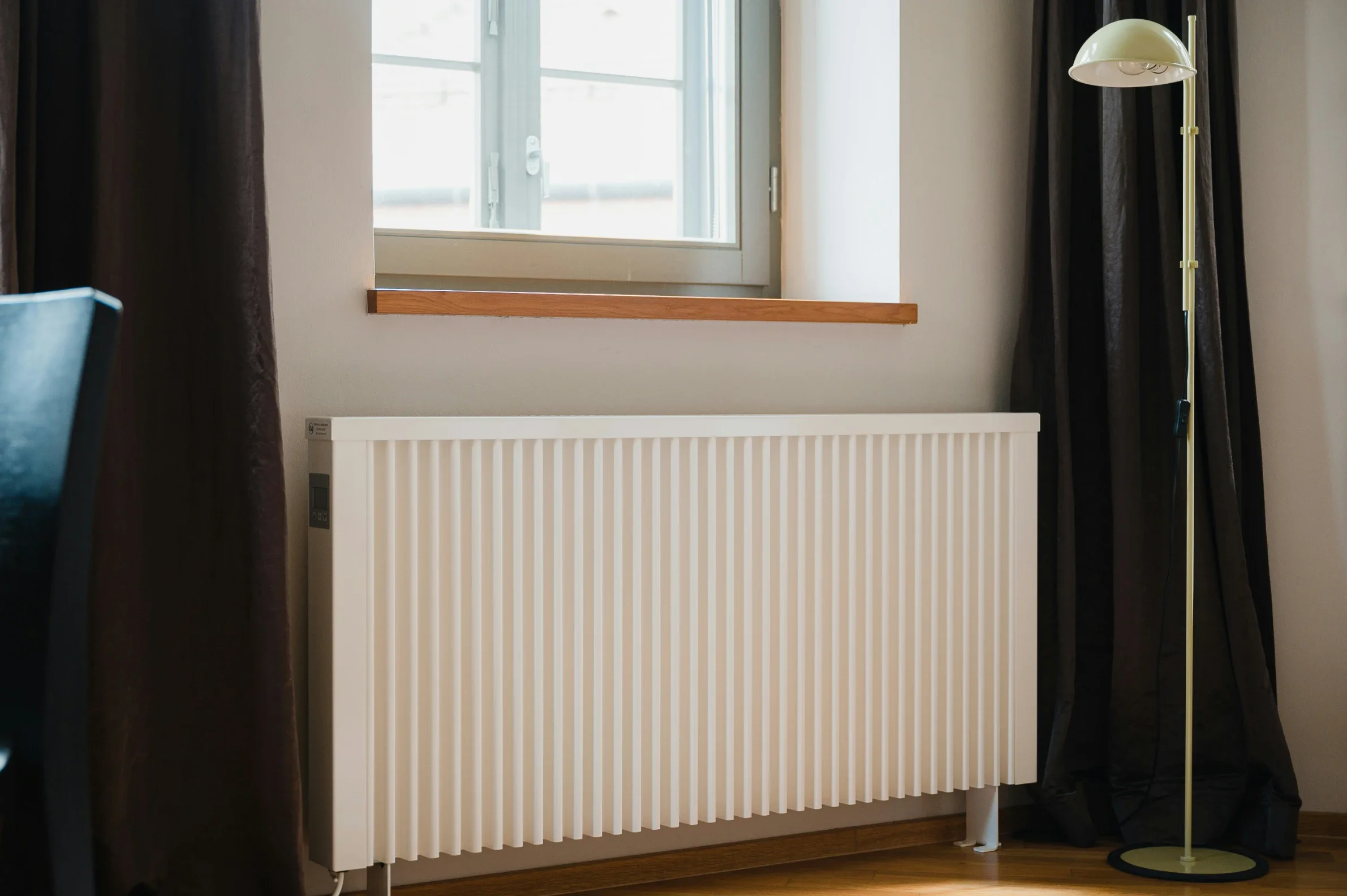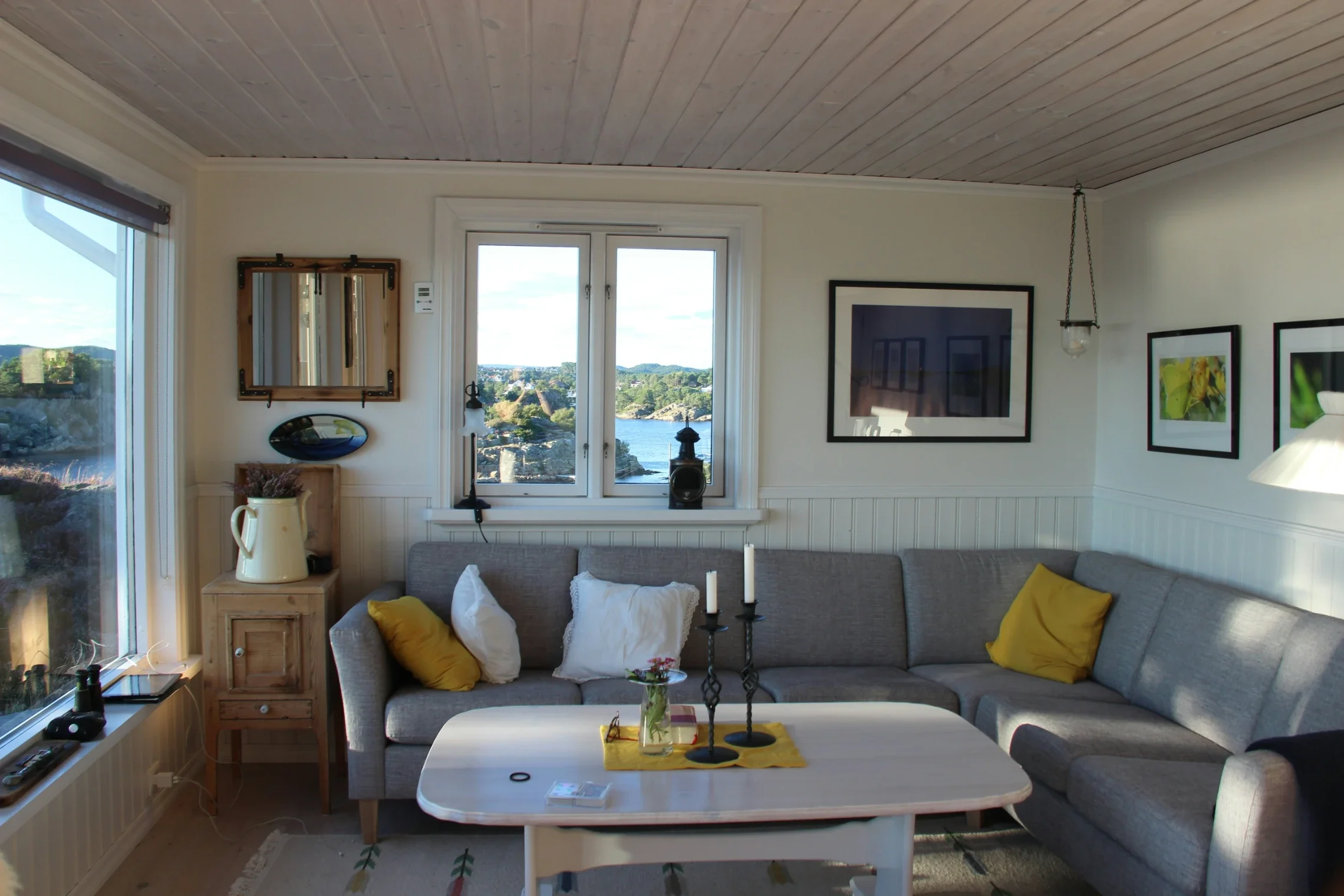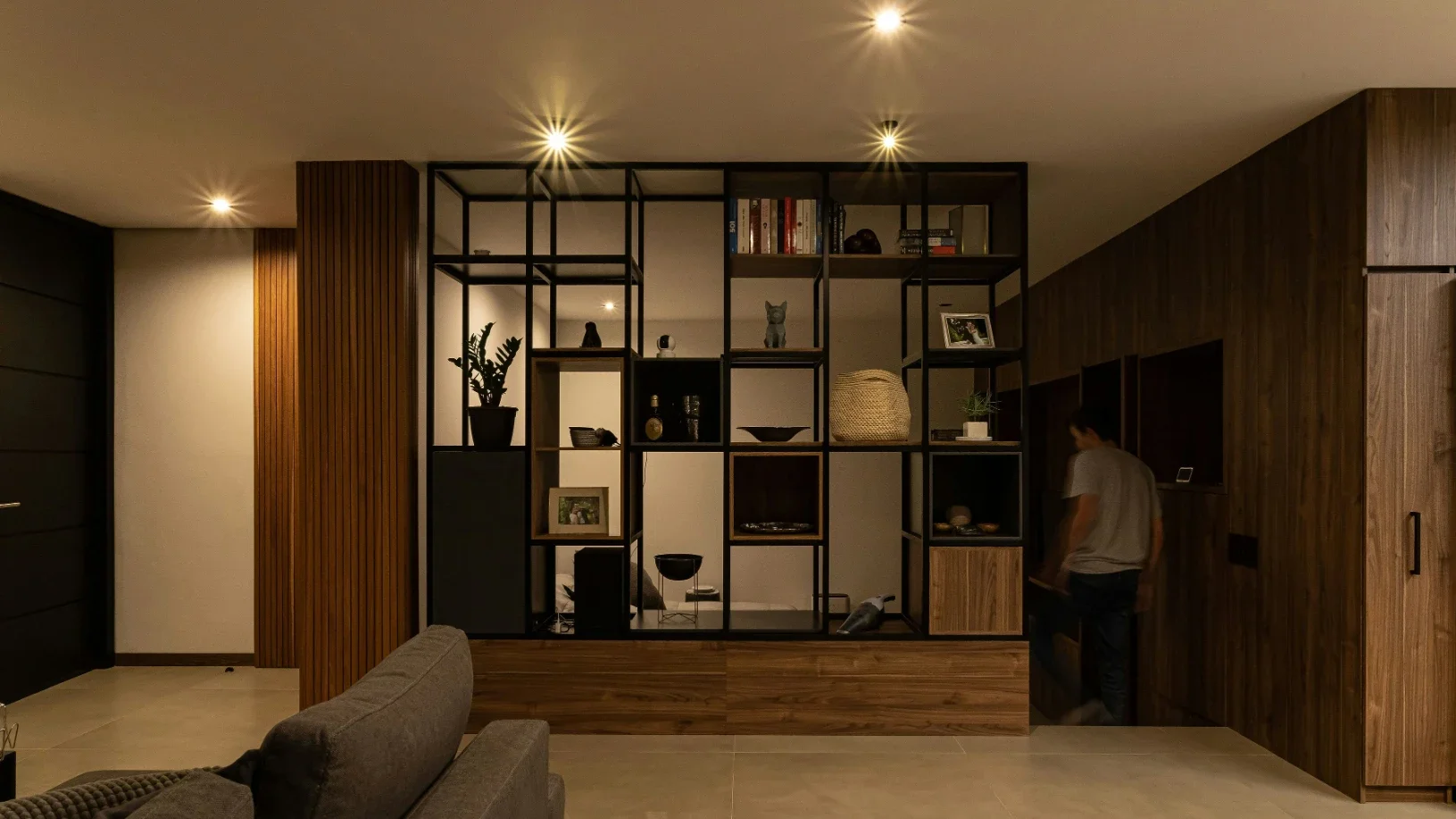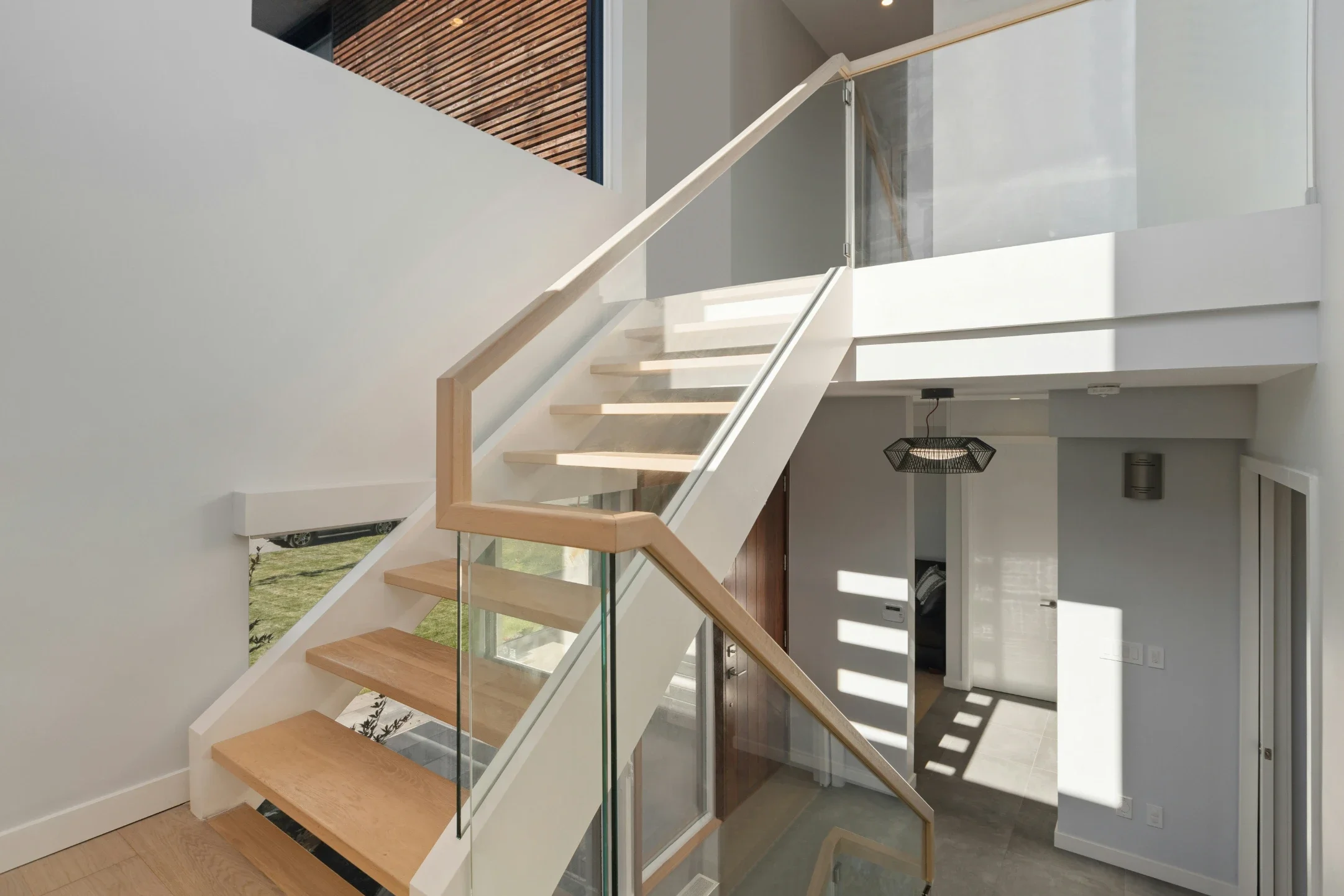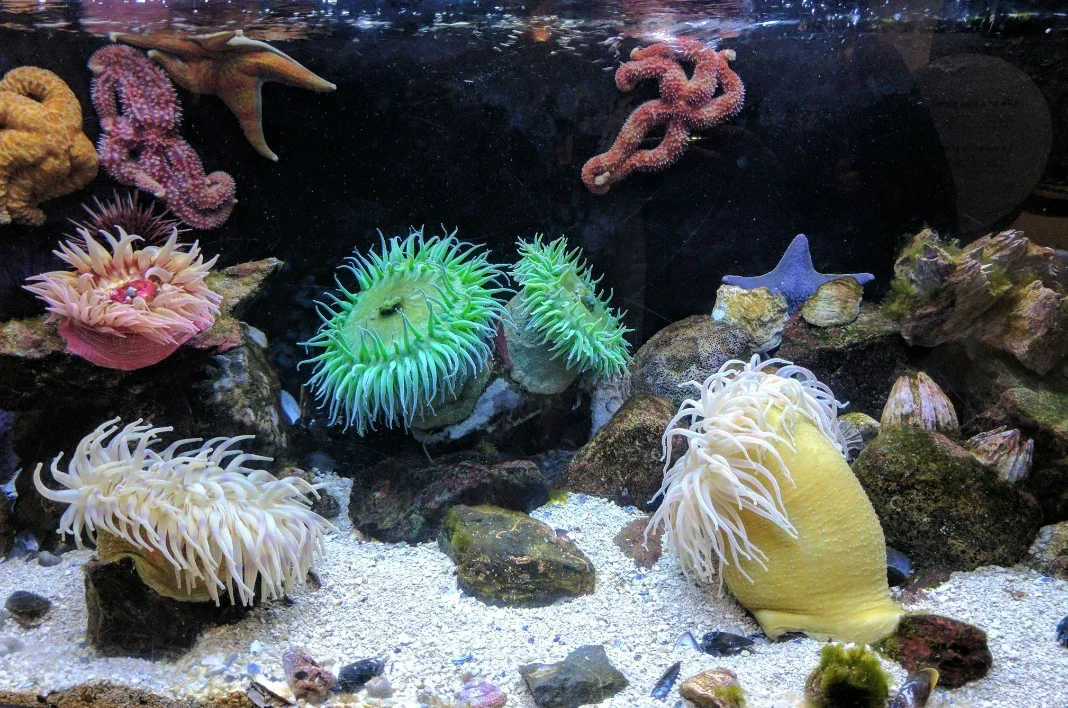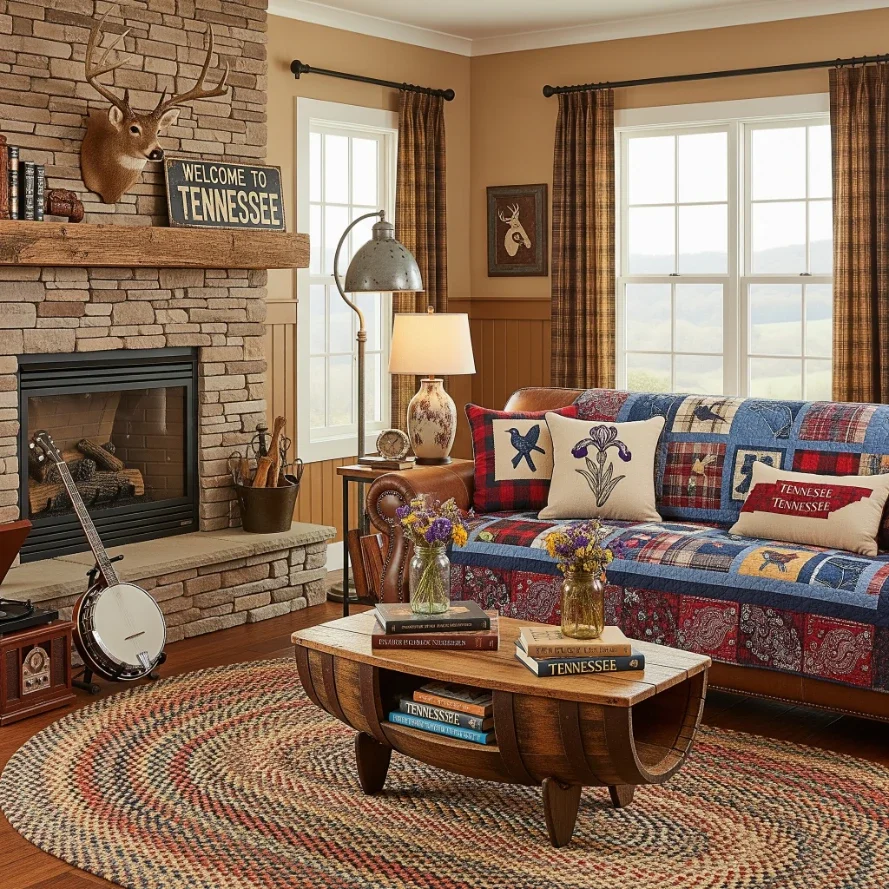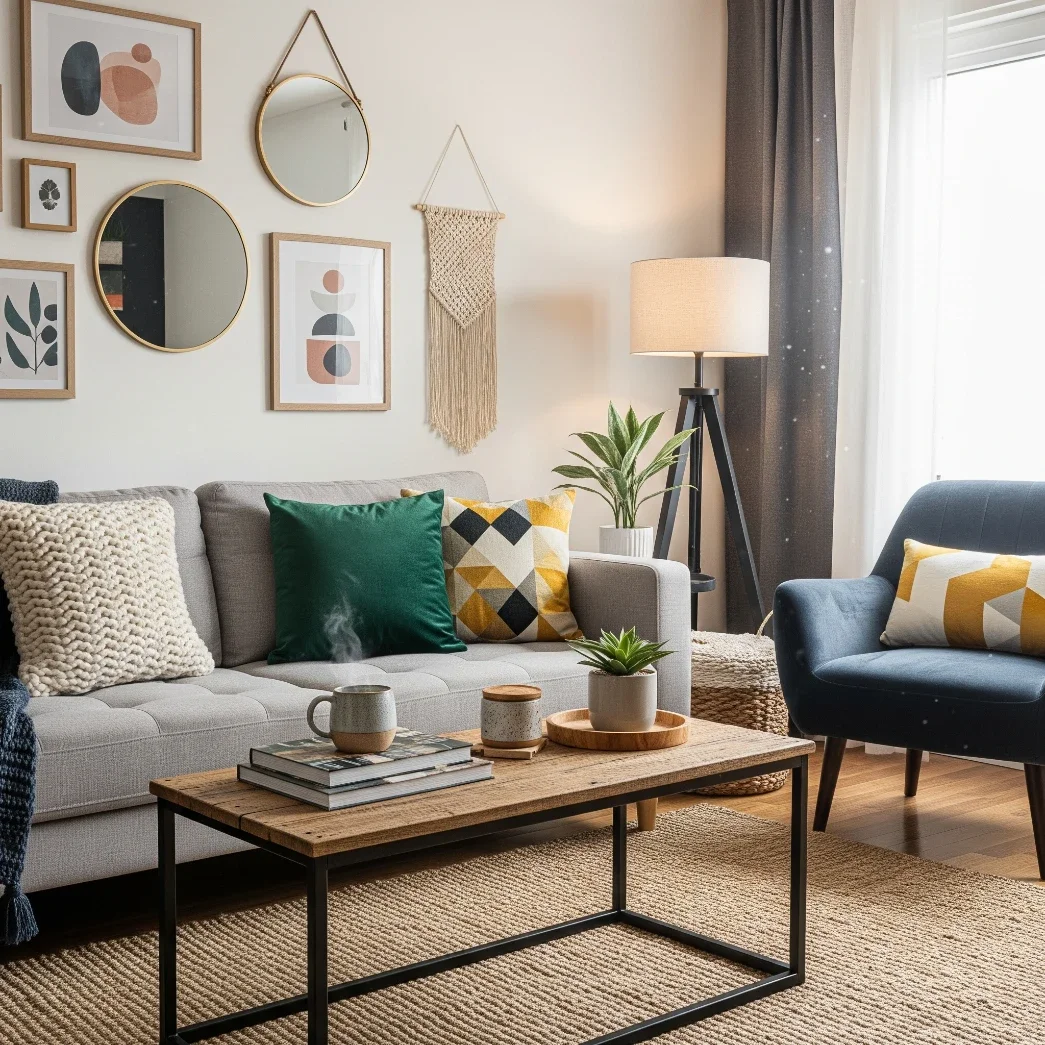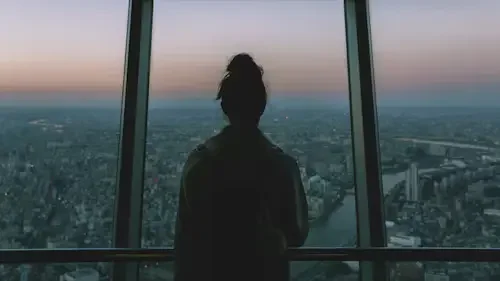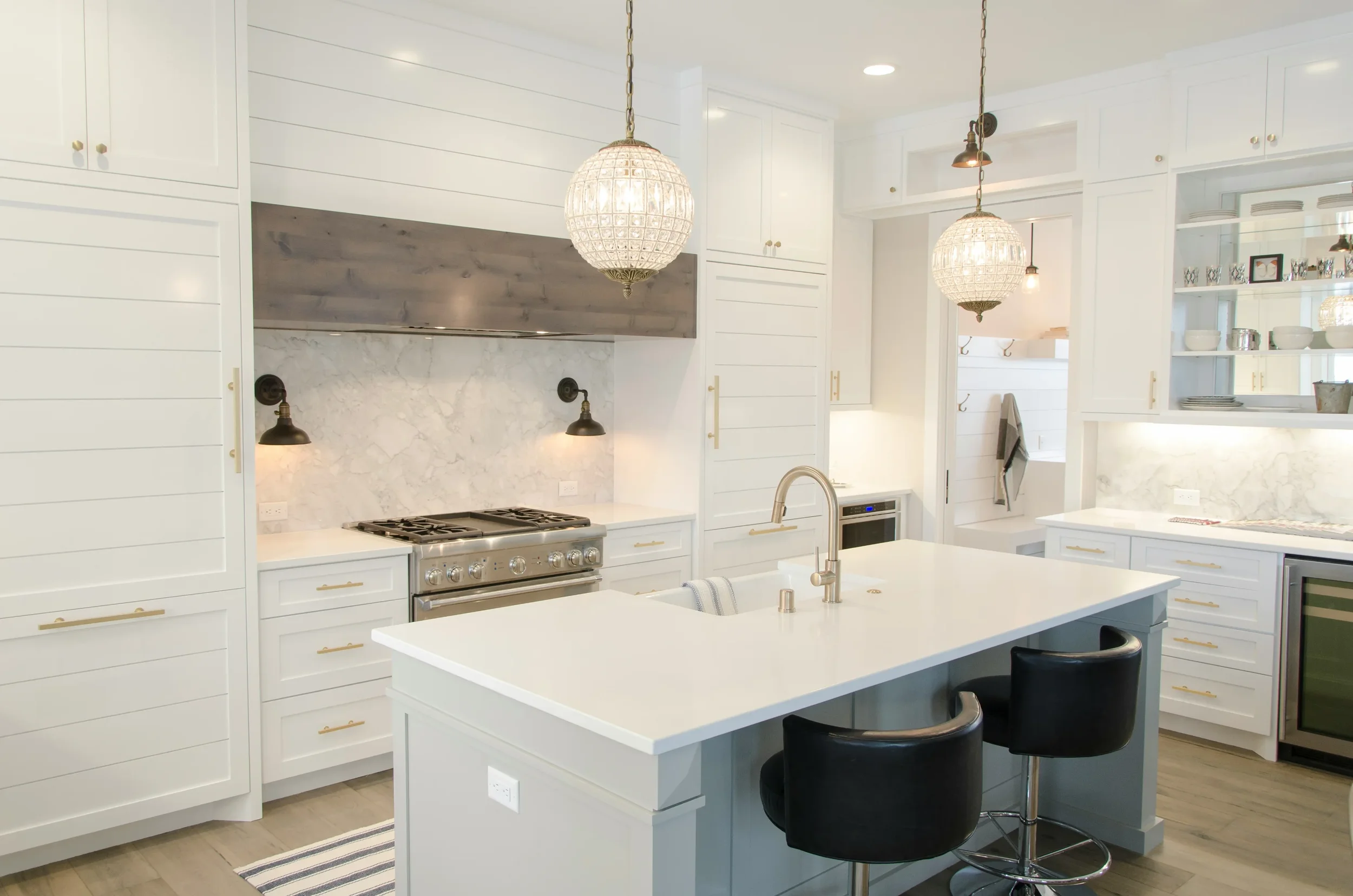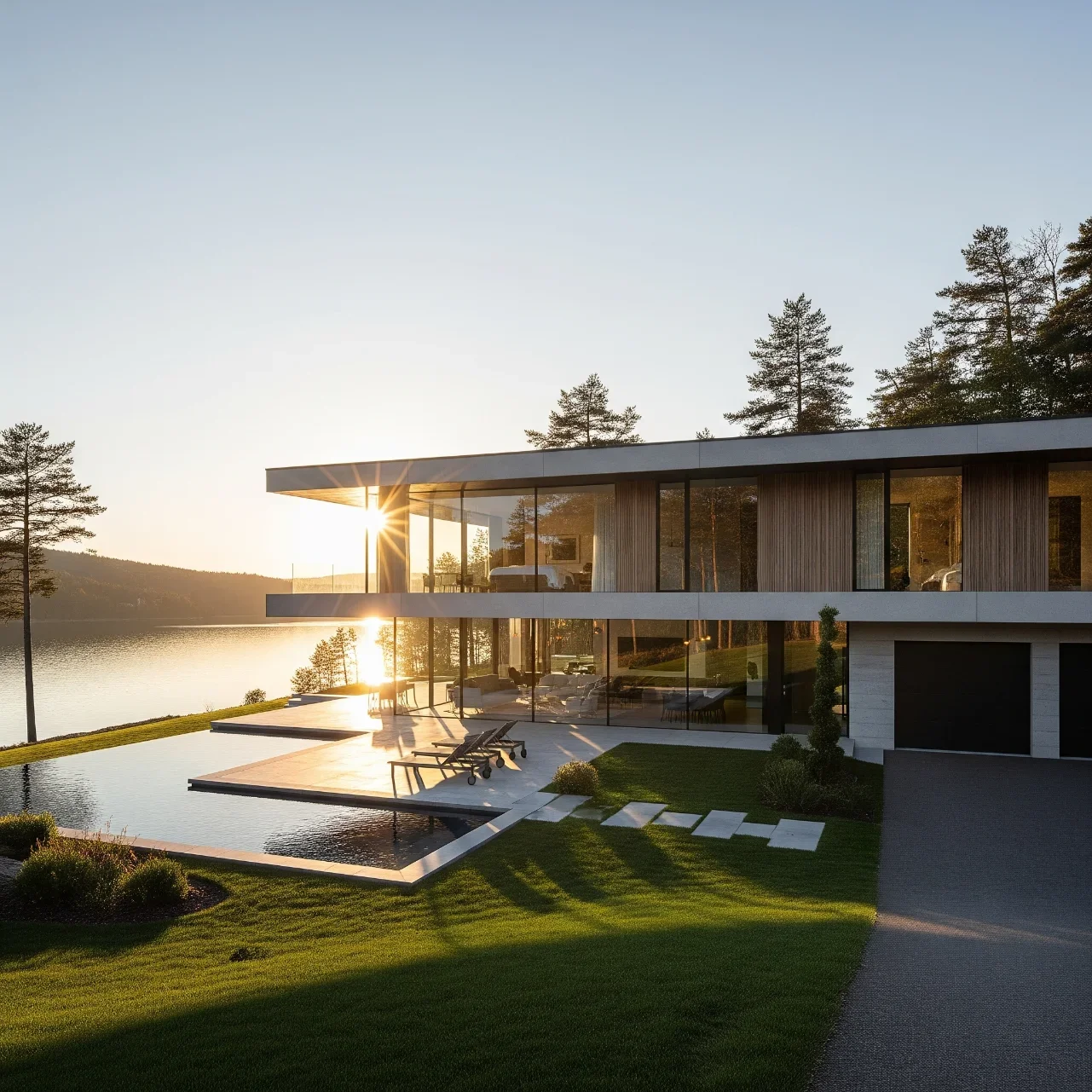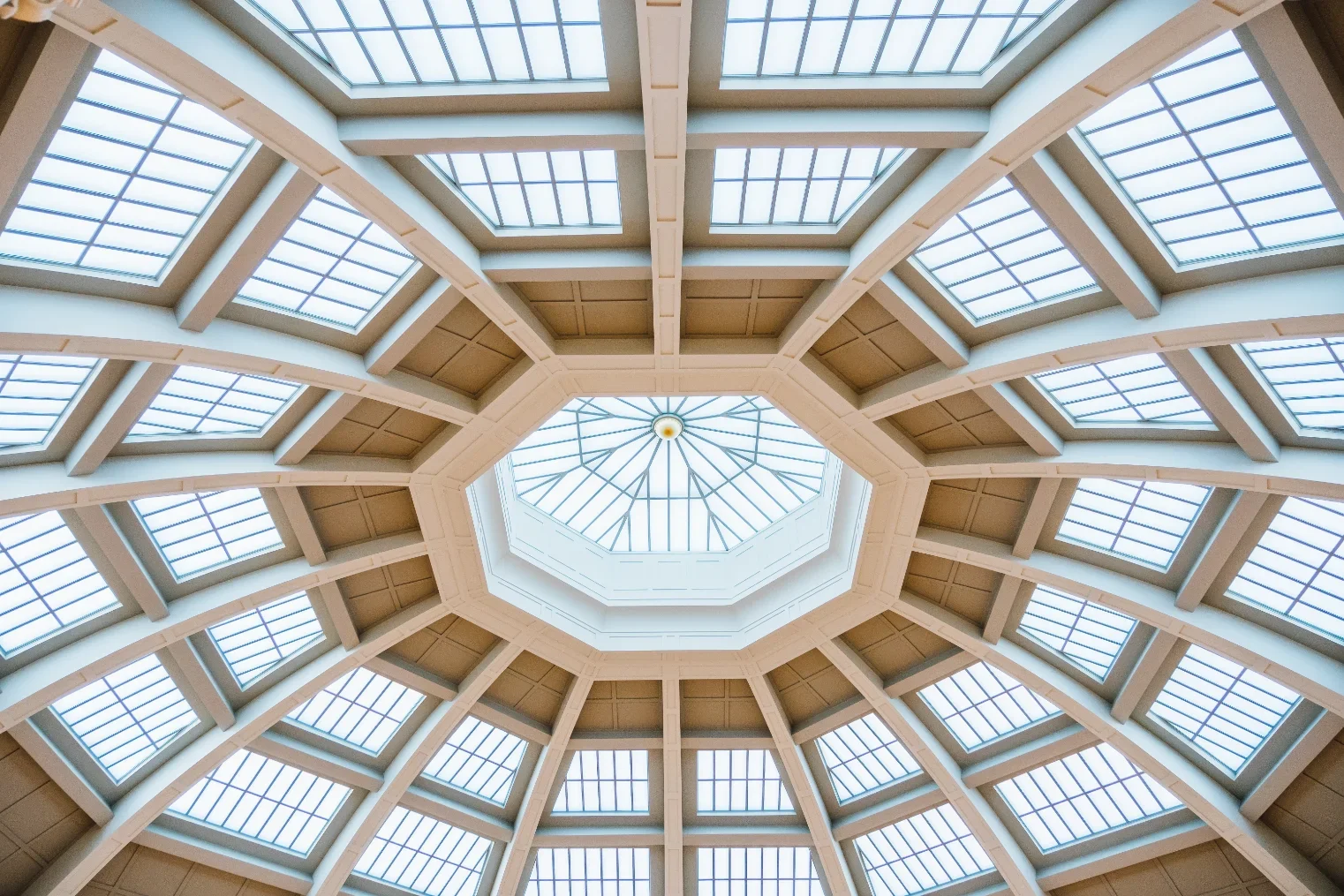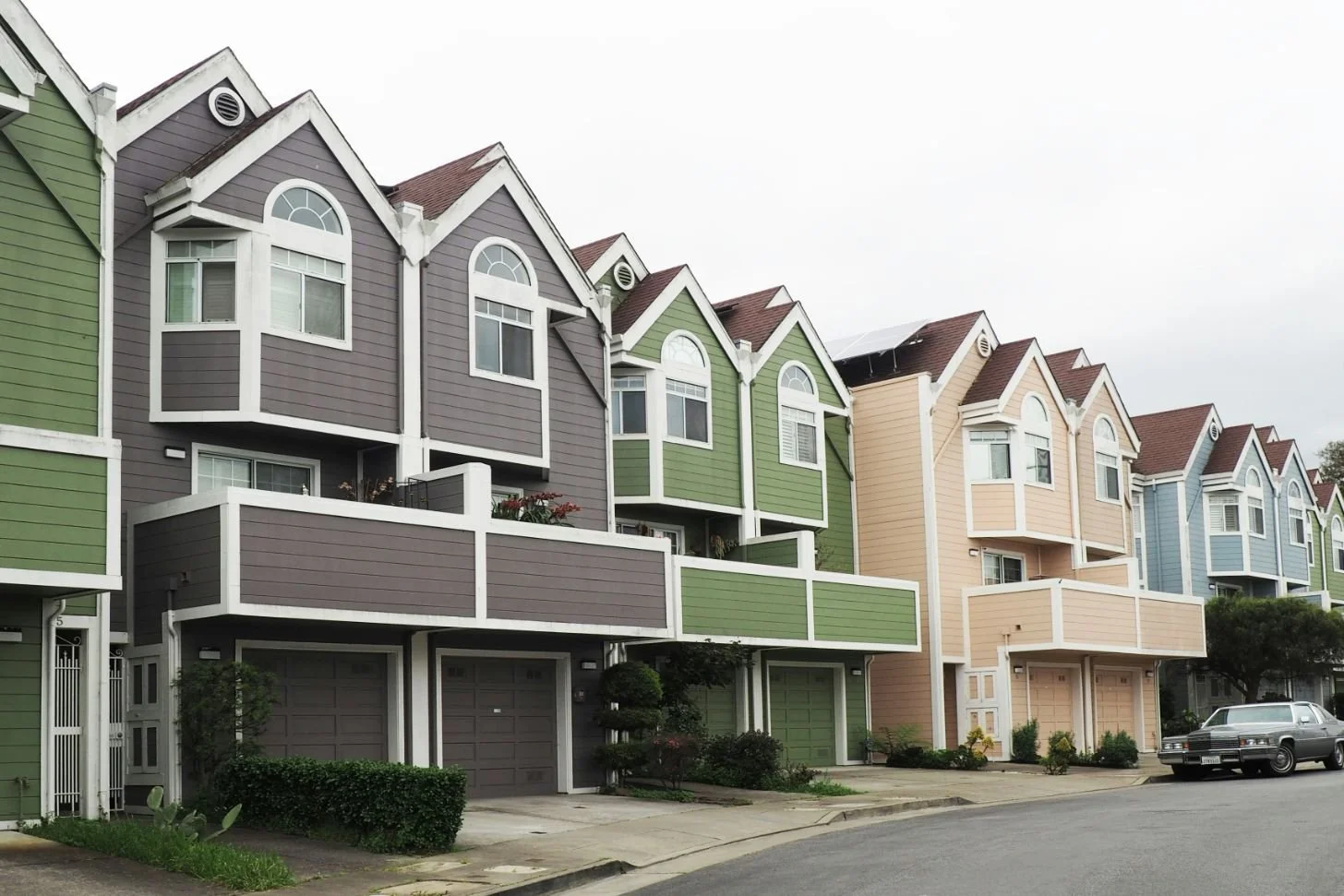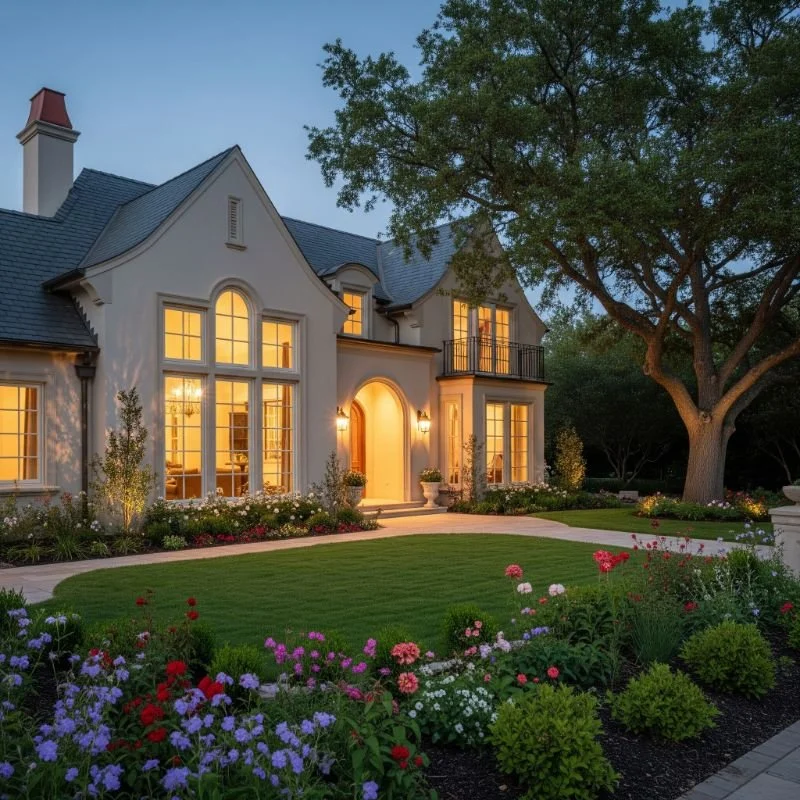How 3D Aquarium Backgrounds Can Turn Fish Tanks into Living Art
Discover how 3D aquarium backgrounds can transform fish tanks into living art by adding depth, beauty, and a natural look to your aquatic space.
Turning aquariums into statement décor pieces with texture, depth, and natural design.
Aquariums have long been a calming feature in homes, but their role in interior design has shifted. No longer are they just a vessel for fishkeeping – they are increasingly treated as statement pieces that add structure, texture, and color to living spaces. One of the most compelling ways to achieve this is through 3D aquarium backgrounds. By shaping an ordinary tank into an artistic centerpiece, they merge natural aesthetics with home décor in ways that flat, printed backgrounds cannot replicate.
A spokesperson for Aquadecor, experts in handmade 3D aquarium backgrounds, explained: “People think of aquariums as a hobby, but they also belong in the conversation about home design. Our aquarium backgrounds are handmade with realistic detail so that they complement the surrounding space as much as they serve the needs of the fish.”
This article examines how 3D aquarium backgrounds can add to your interior design, the stylistic choices available, and how homeowners can match them to their personal décor.
Aquariums as Focal Points in Home Décor
Why are aquariums more than just functional?
Designers increasingly describe them as living art. Instead of paintings or sculptures, aquariums offer constant movement, light, and natural beauty. Adding a 3D background enhances this role by giving depth and visual richness.A plain tank often fades into the background, while one with sculpted rock textures or driftwood structures draws the eye.
For homeowners, this means the aquarium shifts from being a hobbyist’s item to being part of the home’s design scheme.
Studies on interior environments suggest that natural imagery and textures in the home contribute to lower stress levels and better mood.
An aquarium designed with detail-rich backgrounds can therefore function both aesthetically and emotionally.
The Visual and Functional Impact of 3D Backgrounds
A 3D aquarium background is not only decorative but also practical for your tank.
They hide equipment – filters, heaters, and tubes disappear, giving the tank a polished finish.
They create depth – layered relief structures add dimension, making tanks appear larger.
They support fish well-being – crevices and contours give fish spaces to retreat, which reduces stress.
Aquariums with textured backdrops often feel more complete, since they resemble natural habitats.
By contrast, printed backgrounds can look flat, distracting from the live elements.
Natural vs. Artificial Background Options
One major decision for homeowners is whether to use natural or artificial 3D backgrounds. Both options carry advantages and limitations that connect directly to individual décor preferences.
Natural backgrounds such as real rock, driftwood, or plants provide authenticity but require upkeep. Over time, they may alter water chemistry or decay, though.
Artificial 3D panels are hand-sculpted from durable materials. They come in designs that mimic cliffs, roots, or ruins, offering realism without affecting water balance.
Experts often suggest combining the elements: a sculpted background as the main visual anchor, paired with live plants for texture and movement.
This blend gives the homeowner the stability of artificial materials with the organic variation of living décor.
Style Considerations: Texture, Color, and Lighting
How can homeowners match a 3D aquarium background to their living space?
The key lies in viewing the aquarium not just as an isolated feature, but as an integrated element of the room’s overall design. By carefully considering texture, color, and lighting, an aquarium background can either complement existing décor or serve as a striking contrast that anchors the room.
Texture and Relief
Texture plays one of the most decisive roles in shaping how an aquarium feels within a space. A rugged rockscape with sharp relief works well in industrial lofts, rustic cabins, or homes with exposed brick and raw materials. It mirrors the architectural language of those settings, adding continuity. In contrast, smoother or gently curved backgrounds provide a softer visual effect, pairing naturally with minimalist or contemporary interiors where clean lines dominate.
Beyond aesthetics, texture also influences how light interacts with the tank. Rough surfaces catch shadows and highlights, giving a sense of depth and movement even when the fish are still. Smooth surfaces, on the other hand, allow the fish and plants to stand out more clearly without distraction.
Color Palette
Color alignment between an aquarium and the surrounding décor is essential for cohesion. Neutral tones such as light stone or sandy beige work particularly well in Scandinavian-inspired interiors, where simplicity and warmth are key. Homes with darker, modern elements may benefit from charcoal or black slate backgrounds that amplify contrast and drama.
Coastal or tropical themes, meanwhile, can draw from lighter blues, greens, or coral-inspired textures to maintain a fresh and breezy atmosphere. Earthy browns and muted greens complement traditional or rustic spaces, creating a grounded feel that makes the aquarium seem like an extension of the natural world.
Lighting and Its Influence
Lighting acts as the bridge between texture and color. A background may look completely different under warm versus cool tones. Warm lighting (yellow or amber hues) brings out earthy browns, reds, and beige, making rocky or root-inspired designs feel natural and inviting. Cool lighting (blue or white tones) highlights grays and darker rock structures, creating a dramatic and modern effect.
Layered lighting setups – such as combining a soft background glow with direct overhead illumination – can further accentuate texture, giving the background an almost architectural presence. Accent lighting in the room itself, such as wall sconces or spotlights directed at the tank, can also integrate the aquarium into the broader lighting scheme of the space.
Bringing It Together in Real Settings
Coastal-themed living room: A reef-inspired background paired with white sand, accented by warm lighting, mirrors the natural light of seaside homes.
Modern loft: Jagged, dark stone backgrounds under cool LED lights align with steel beams, exposed concrete, and minimalist furnishings.
Rustic cabin: Root-like designs with earthy tones blend seamlessly with wooden interiors, enhanced by warm amber lighting.
Minimalist apartment: A smooth, subtle rock texture in neutral shades allows the aquarium to add depth without overwhelming the clean simplicity of the space.
Real-World Opinions from Hobbyists
Discussions in aquarium forums and communities reveal a wide range of views.
Some owners favor simplicity: “Backgrounds with pictures, for me, detract from the fish and plants in your tank.” Others value the artistic depth: “3D backgrounds of piles of rocks, tree trunks, etc. seem really cool and add something that plants can’t.”
These comments highlight that preferences are personal, often tied to how much visual attention the aquarium should command in a space. For some, the fish remain the star; for others, the combined scene is what matters.
Aquadecor’s Role in Aquarium Décor
Since 2004, Aquadecor has specialized in handmade 3D aquarium backgrounds and decorations. Founder Florian Kovac is recognized for pioneering techniques that replicate natural scenes with remarkable accuracy.
The company offers both standard dimensions for quick selection and custom-sized backgrounds for tanks requiring precision. Products are entirely handmade and designed to last, with warranties extending up to 20 years. This durability matters for homeowners who view their aquarium as a permanent part of their décor.
“Our philosophy is that only nature can copy us. Every piece is designed with the same care as an artwork, so it fits seamlessly into someone’s living space.”
Words to take home with you
Aquariums are no longer hidden in corners or treated as side hobbies. With realistic 3D backgrounds, they can act as functional works of art, blending movement, texture, and light into the fabric of interior design.
For homeowners, the choice between natural and artificial backgrounds comes down to balancing authenticity with practicality. By considering décor style, maintenance expectations, and fish comfort, an aquarium can transition into a true centerpiece of the home.
As interior design trends continue to value natural textures and biophilic elements, 3D aquarium backgrounds stand out as a way to introduce both beauty and serenity into everyday spaces. They are more than backdrops – they are the stage on which living art comes to life.

